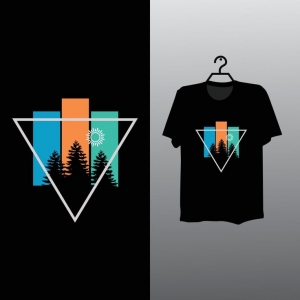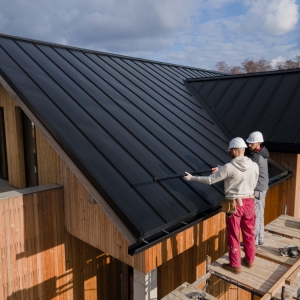In today's printing industry, quality control is no longer a competitive advantage and it is a necessity. As packaging, labels, and specialty print products diversify, printers are working with an ever-wider range of substrates, from paper and cardboard to plastics, foils, and textiles. Each substrate presents unique visual and mechanical challenges, requiring printing inspection systems to be tailored for optimal detection and accuracy.
The Importance of Substrate-Specific Customization
Different substrates possess distinct surface textures, reflectivity levels, absorption rates, and colors, all of which affect how defects appear under inspection. A system designed for uncoated paper might struggle with glare on metallic foil, while a setup tuned for glossy plastic could miss subtle flaws on a matte cardboard surface. Customization ensures that the inspection system’s hardware, lighting, and software algorithms align with the substrate’s characteristics.

Key Factors Influencing Customization
1. Surface Reflectivity and Finish
Reflective substrates such as metallic foils and glossy films require specialized lighting arrangements, such as diffuse or coaxial illumination, to minimize glare and highlight imperfections.
2. Material Texture and Porosity
Substrates like kraft paper or textured card can create noise in captured images. Tailored image processing algorithms can filter out surface irregularities while focusing on true defects.
3. Color Variability
When printing on pre-colored or patterned materials, calibration is necessary to differentiate between design elements and actual printing errors.
4. Dimensional Stability
Some substrates expand, shrink, or distort under heat and humidity during printing. Inspection systems may need adaptive alignment features to track image position dynamically.
Hardware Adaptations for Different Substrates
Customizing the physical setup is often the first step. This may include:
Specialized Lighting – Using multi-angle LEDs for textured substrates or infrared illumination for transparent films.
High-Resolution Cameras – Essential for detailed inspection on fine patterns or microtext.
Adjustable Mounting – Enabling rapid changes in camera angle and focus for different materials.
Software and Algorithm Optimization
Even the best hardware can fall short without intelligent software customization. Advanced 100% inspection systems for print quality offer:
Adaptive Thresholding – Dynamically adjusting sensitivity to account for substrate variability.
Defect Classification – Training algorithms to distinguish between acceptable substrate variations and true defects.
Color Management – Ensuring precise shade recognition even when substrates have their own base color.

Industry Applications
Packaging: Detecting print misregistration on flexible films.
Labels: Spotting missing text or smudging on high-gloss adhesive paper.
Security Printing: Ensuring microtext accuracy on polymer banknotes.
Decorative Printing: Inspecting patterns on textured wallpapers.

Looking Ahead
As substrate innovations continue—biodegradable films, smart packaging materials, and hybrid laminates—the demand for adaptable web inspection systems during printing operations will grow. Manufacturers are increasingly integrating AI-driven recognition, multi-spectral imaging, and machine learning models that can be retrained as new substrates emerge.
Summary
Customizing printing inspection systems for different substrates is essential for achieving consistent quality across diverse materials. By fine-tuning both hardware and software to suit the specific challenges of each substrate, printers can maintain high detection accuracy, reduce waste, and meet the stringent demands of the competitive printing market.







